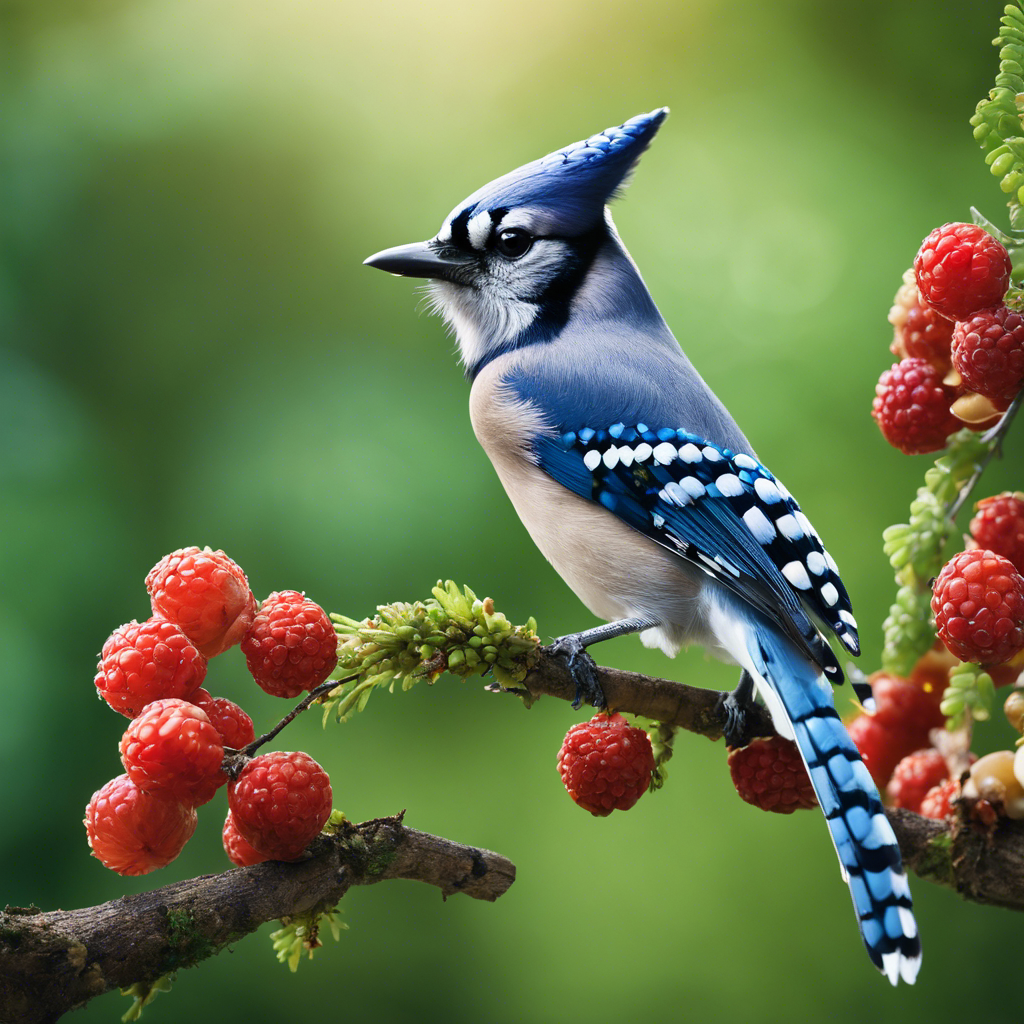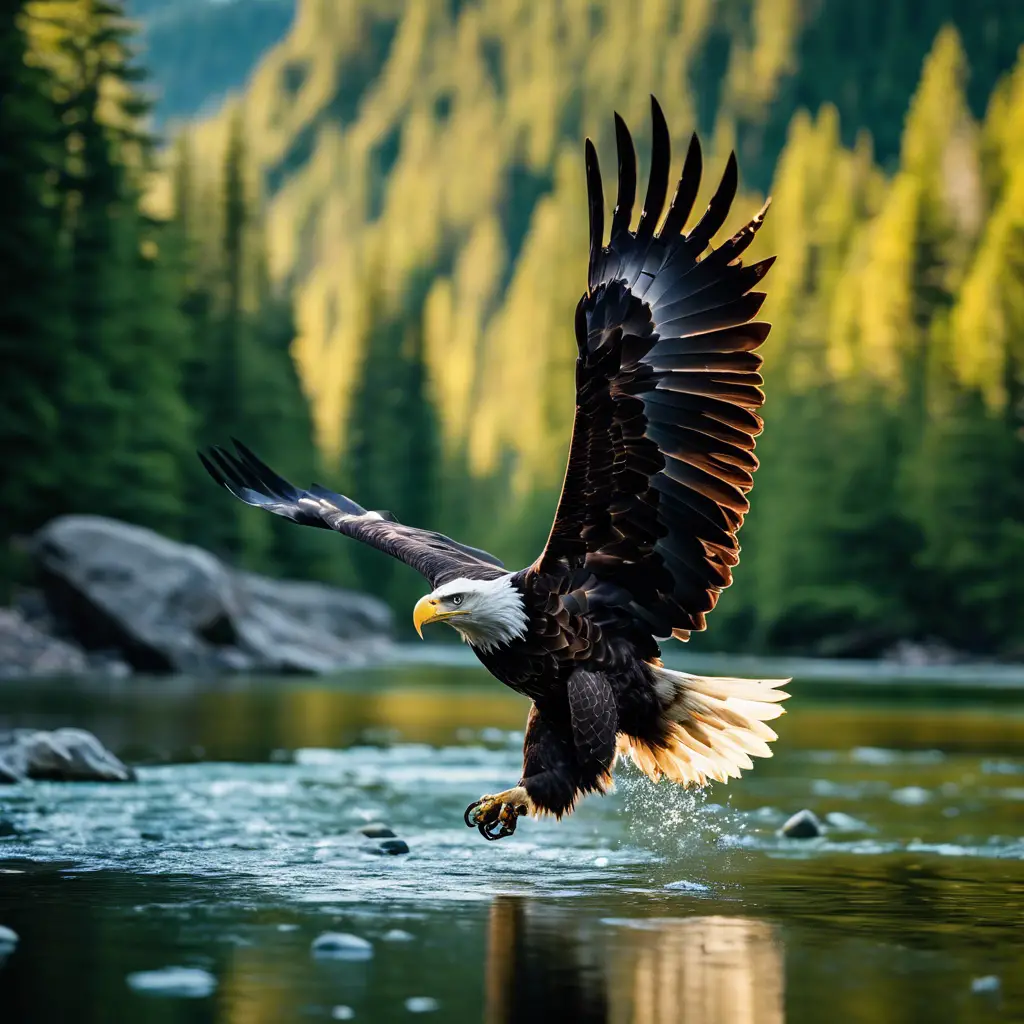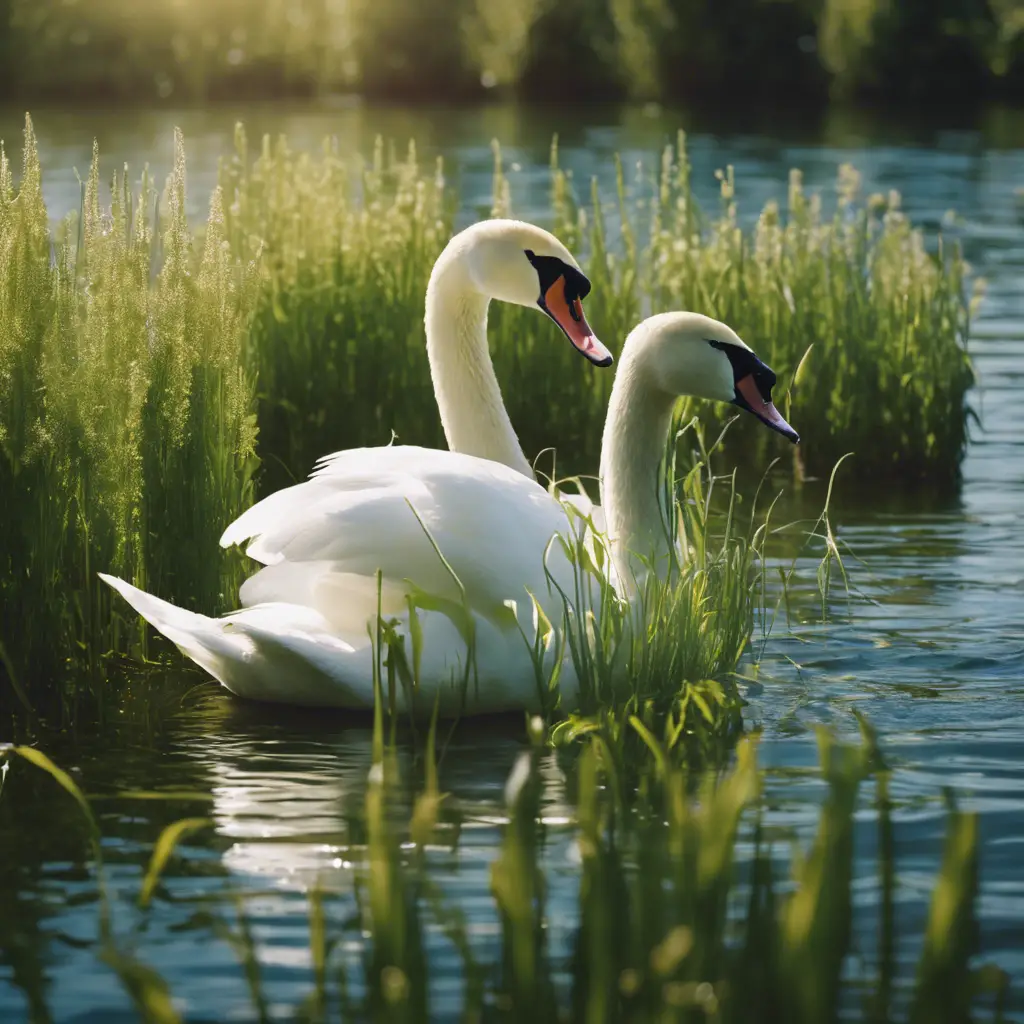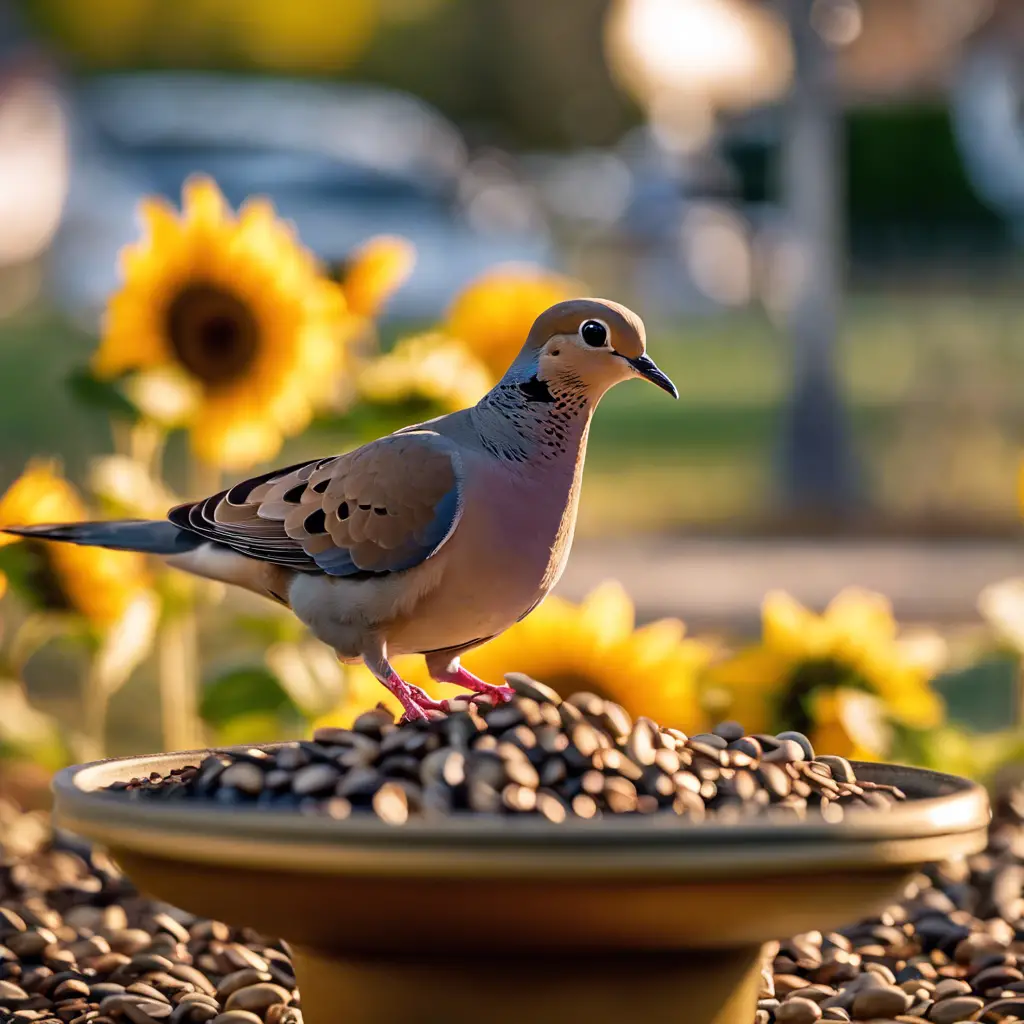In my experience, observing Blue Jays has been a delightful part of my ornithological studies.
As an expert in avian diets, I believe their eating habits are fascinating. Once, as I scattered peanuts across my yard, a Blue Jay descended, its azure feathers gleaming in the sunlight. It meticulously selected a peanut, showcasing the bird’s discerning taste. This moment encapsulated the essence of their diverse palate – from hearty nuts to the occasional insect.
Watching them adapt their diet with the seasons has deepened my appreciation for these intelligent creatures and their place in the ecosystem.
Key Takeaways
- Blue jays primarily eat a mix of nuts, seeds, and insects, including acorns, which they often store in a behavior known as Blue Jays Cache.
- They adjust their feeding habits to the seasonal availability of food sources, focusing on insects in warmer months and primarily eating acorns, seeds, and berries in colder months.
- Blue jays have a methodical feeding technique, using their sharp bills to crack open hard-shelled nuts and employing a throat pouch to temporarily store food.
- To attract blue jays to feeders, stock them with peanuts and sunflower seeds, and provide shelter and a birdbath for grooming. Male blue jays are responsible for feeding the young, who gradually expand their diet to include harder substances and plant matter.
Blue Jays’ Primary Diet
As a blue jay watcher, you’ll find that their primary diet consists of a mix of nuts, seeds, and insects. These savvy birds are especially fond of acorns, which they often store in a behavior known as Blue Jays Cache. This caching habit ensures they’ve a steady supply of their favorite seeds and nuts, especially during the scarce winter months.
Their omnivorous nature means they don’t shy away from supplementing their diet with protein-rich bugs and other available food sources, adapting their feeding habits to the seasonal availability of these items.
Seasonal Dietary Variations
Blue jays adjust their diet with the changing seasons. In the warmer months, they focus on insects, foraging for worms, beetles, and larvae. This provides them with a vital protein boost before winter sets in. They also supplement their diet with a variety of nuts and seeds during this time.
As temperatures drop, blue jays shift their diet primarily to acorns, seeds, and berries. They are known to stash away food, especially nuts and seeds, to have a reserve when resources become scarce.
As a blue jay, being mindful of the seasonal shifts is important. They adapt their foraging habits to suit the time of year, ensuring they have the necessary nutrients to thrive.
Feeding Habits and Techniques
You’ll notice that blue jays employ their sharp bills to skillfully crack open hard-shelled nuts, a technique that exemplifies their adaptive feeding habits. Observing these birds, you’ll see them deftly handling sunflower seeds and other tough morsels.
Their feeding techniques are quite methodical; they may use their bills to hammer or pry food apart, then deftly catch any pieces that break free. What’s more, their throat pouch comes in handy for temporarily storing food, allowing them to transport multiple items to a safer location for consumption or caching.
Their cautious nature is evident as they dart to and from feeders, often stashing a peanut in their craw before grabbing another, showcasing their strategic approach to foraging and storing.
Attracting Blue Jays to Feeders
Bird-lovers, you’re in luck; a well-stocked feeder station can be your ticket to drawing vibrant blue jays into your garden’s tableau. To attract blue jays, set up tray or hopper bird feeders, as these styles suit their feeding preferences. Stock these feeders with peanuts—a favorite of blue jays—for a protein-rich and fatty food source that’s irresistible to them. Sunflower seeds are another hit, so be sure to include these in your offerings.
Place your feeder near trees or shrubs for shelter, and consider adding a birdbath to provide a spot for grooming, which blue jays also enjoy. If you’re catering to smaller birds too, use a separate smaller feeder. This strategy ensures all your feathered guests have access to food sources without undue competition.
Nestlings and Juveniles’ Diet
As you observe the dietary habits of nestling and juvenile blue jays, you’ll notice they primarily feed on protein-rich insects and larvae. The male blue jay takes on the responsibility of feeding the young, ensuring their diet is packed with the necessary protein for growth.
While bird eggs aren’t a typical component of their diet, the focus for these young birds is on easily digestible foodstuffs. As nestlings and juveniles mature, their diet begins to include harder substances, such as acorns and nuts, gradually resembling that of adult blue jays.
They’ll start to sample plant matter, and if you provide apples on your bird feeder, don’t be surprised to see these young jays giving them a try, indicating their dietary preferences are expanding even at this early stage.
Common Food Items Offered
During the transition from a diet of insects and larvae, you can offer your backyard blue jays a variety of foods they naturally enjoy, such as peanuts, suet, and sunflower seeds. These common food items offered not only satisfy their hunger but also attract more of these vibrant birds to your bird feeders. Here’s a handy table to help you remember what blue jays eat:
| Food Type | Benefit | Attraction Level |
|---|---|---|
| Peanuts | High energy | Very High |
| Suet | Fat-rich | High |
| Sunflower Seeds | Nutritious | High |
| Acorns | Natural favorite | Very High |
Predation and Hunting Methods
While you’re stocking your feeders with peanuts and suet, keep in mind that Blue Jays’ predation and hunting methods are just as diverse as their diet. These cunning birds aren’t shy about showing off their predatory behavior, especially when they break open wasp nests to feast on the larvae. They’re also skilled at catching adult wasps, making the most of a high-protein snack.
In your backyard, you’ll witness Blue Jays quickly snatching peanuts, demonstrating their swift and efficient hunting prowess. They don’t just eat on the spot; they often stash their finds for later. Watch out, though, as they’re known to steal food from other birds, asserting dominance around feeders and securing their place as competitive foragers in the avian world.
Drinking Habits and Preferences
You’ll notice that alongside their strategic feeding, blue jays also have particular drinking habits, typically favoring fresh, clean water sources to stay hydrated. Evidence suggests that these vibrant birds are as discerning about their water as they’re about their food.
- Freshness: Blue jays seek out water that’s as pure and refreshing as the morning dew, turning their beaks up at anything less.
- Cleanliness: They prefer water sources free from contaminants, ensuring every sip is as safe as it’s satisfying.
- Accessibility: Blue jays are drawn to water that’s easily accessible but also secure from potential threats.
Understanding blue jays’ drinking habits and preferences can deepen your appreciation for these intelligent creatures and their daily routines.
Frequently Asked Questions
What Is a Blue Jays Favorite Food?
You’re wondering about a blue jay’s favorite snack? They absolutely love acorns above all else, but don’t shy away from peanuts, seeds, and juicy insects when available. Offer these to attract them!
Should You Feed Blue Jays?
You should feed blue jays if you enjoy their presence. Offer peanuts, acorns, sunflower seeds, and suet in tray or hopper feeders to keep them visiting your backyard.
Will Blue Jays Eat Apples?
You’ve asked if blue jays will eat apples; they might peck at them on feeders, but they usually prefer nuts and insects over fruits, despite being less inclined to feast on fruit in general.
Do Blue Jays Eat Squirrels?
You’re wondering if blue jays eat squirrels. While they prefer acorns, they’re opportunistic and might occasionally eat small animals, but they typically don’t hunt squirrels as a primary food source.
Conclusion
In conclusion, you can entice Blue Jays to your yard with peanuts, sunflower seeds, and suet in tray or hopper feeders. They’ll feast on a mix of nuts, seeds, and insects, adapting their diet with the seasons.
Offering a variety of foods supports their nutritional needs, from protein-rich larvae for growing nestlings to energy-packed acorns.
Remember, a fresh water source will also keep these vibrant birds coming back for more.
Keep your feeders full, and enjoy the lively visitations!

An avid ornithologist, zoologist and biologist with an unwavering passion for birds and wild animals.
Dr. Wilson’s journey in ornithology began in childhood and led him to obtain a Ph.D. in Ornithology from the prestigious Avian Research Institute. He has worked closely with renowned experts in the field and conducted extensive research and field studies globally.





